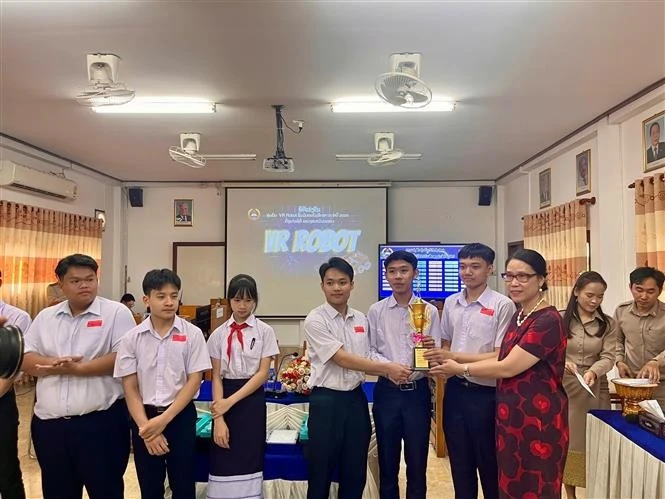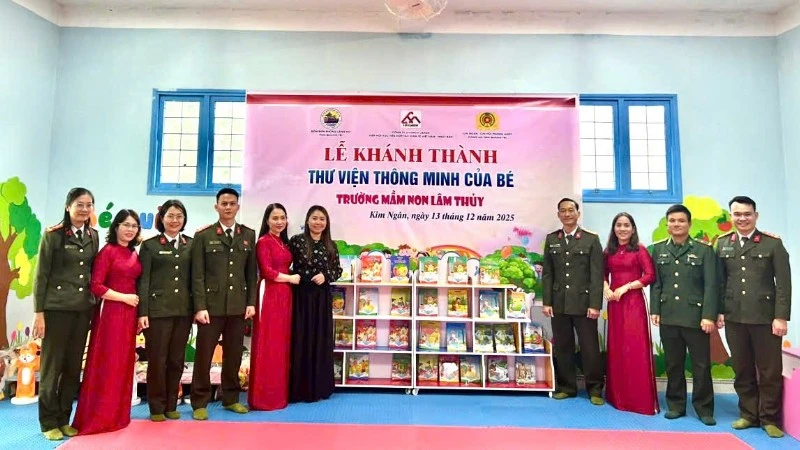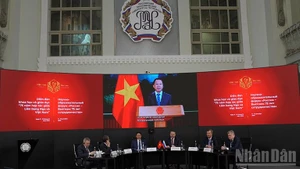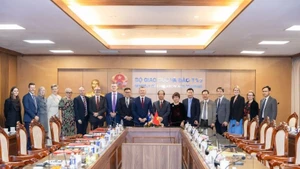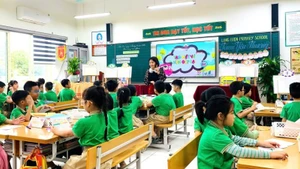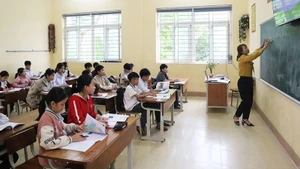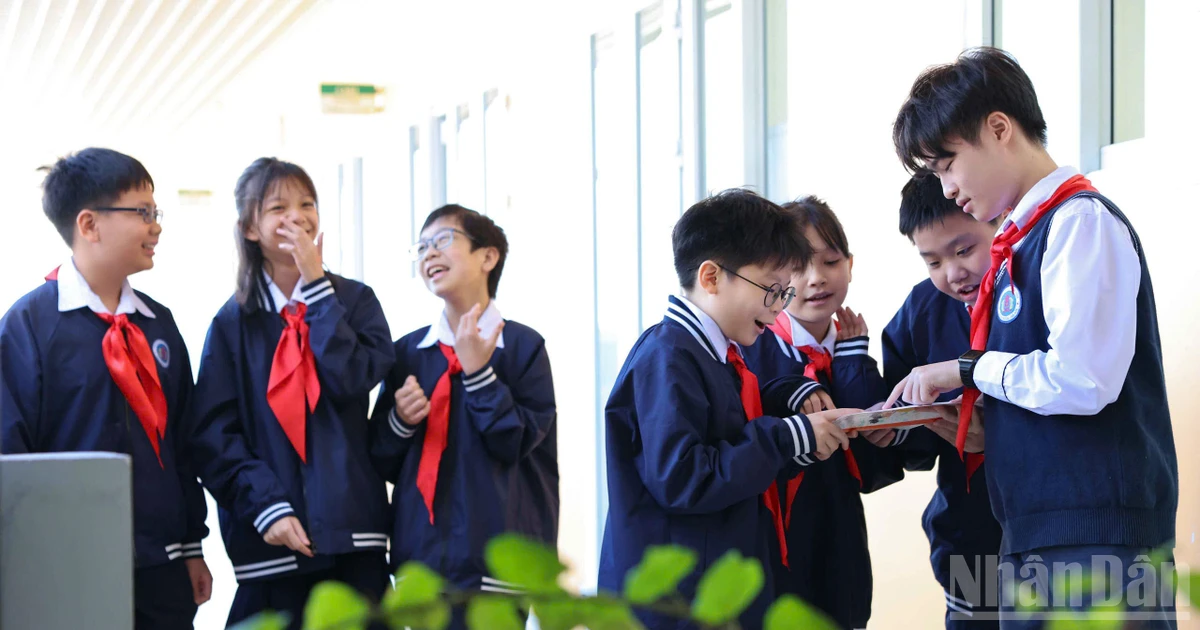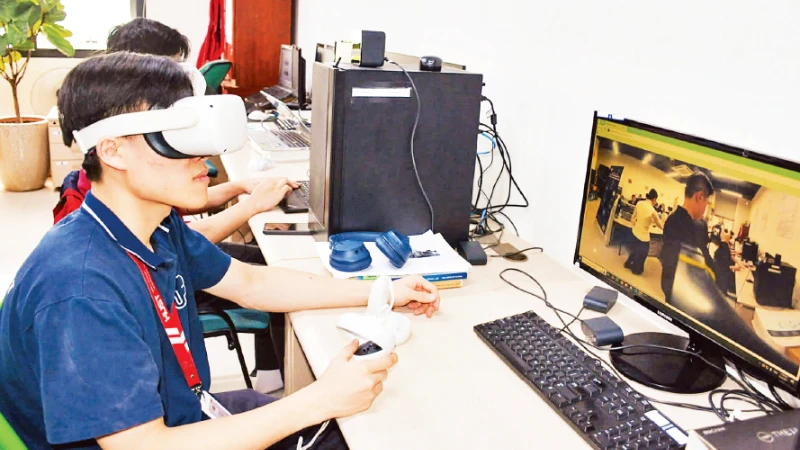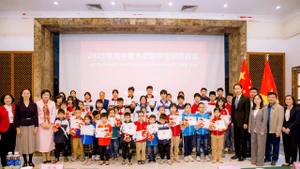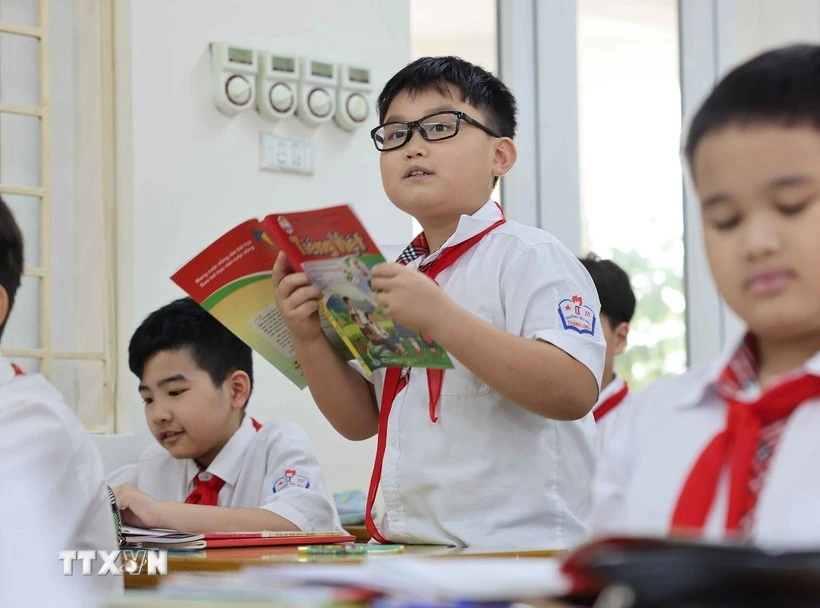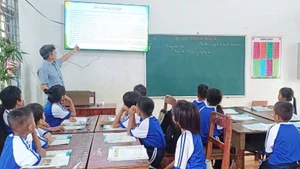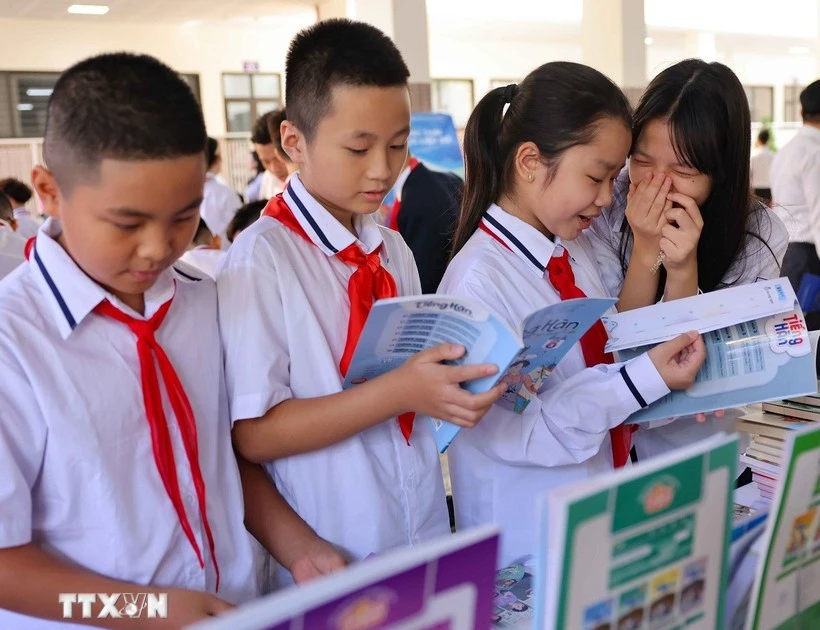My first visit to Binh Duong Commune — a Heroic Commune located in Thang Binh District, Quang Nam Province — coincided with the launch of the book Aspiration for Peace, hosted by the Viet Nam Writers’ Association. This land has thrice been honoured with the title of Hero: twice during the war, and once after liberation. Over 4,700 people from the commune laid down their lives — more than two-thirds of the population at that time.
Heroes among white sand and gunfire
In the poignant and heroic memories of Binh Duong, the figure of Tran Thi Cuc, Hero of the People’s Armed Forces and former Commander of the local guerrilla unit, stands like a living monument. Born in 1949, she joined the revolution at 15, grew up amid bomb-scarred sand dunes, and dedicated her youth to a war marked by irreparable loss. Her family, renowned locally for duck egg incubation, was suspected by the enemy of sheltering revolutionary cadres. They became the target of a brutal raid, leaving only Cuc and her elder brother alive out of seven family members.
From a peasant girl, she matured quickly through combat, becoming Deputy Commander and later Commander of the commune's guerrilla unit, leading numerous daring strategic battles. Comrade Cuc personally carried out reconnaissance, planted mines, and led the all-female “long-haired guerrilla” team in political agitation and psychological warfare right in the village, under enemy guns. In the Vu Minh I battle, she disguised herself as a beggar for rice cakes to lure enemy tanks into a minefield, destroying two armoured vehicles and killing dozens of US soldiers.
During the “Sea Tiger” campaign in July 1968, she and her guerrilla team helped move the wounded into shelters, and then directly led the “long-haired army” in front-line confrontation, blocking US tanks. When captured with a gun to her head, she calmly endured beatings to lengthen time for her comrades to evacuate the wounded. “They shot off a lock of my hair right in front of the villagers, but I wasn’t afraid. Behind me were the wounded, my comrades, the whole village,” she recalled.
Between 1967 and 1975, she took part in dozens of battles, helping eliminate hundreds of enemy troops and destroy multiple tanks. She received the First-Class Order of Military Merit, was named a Heroic US enemy-Killer Hero seven times, a Determined-to-Win Hero five times, and received 10 certificates of merit and six commendations. She was recognised as an exemplary soldier of the entire South during the 1969 guerrilla warfare conference.
After the war, she and her husband, wounded veteran Vo Viet Thang, became pioneers in household economic development. They began with trade and services on the white sand, raising four children. Their eldest daughter is now head of the Thang Binh Distric Party Committee’s Commission on Communications and Education, continuing the family’s revolutionary legacy. “We once fought enemies, now we fight poverty. Whatever the battle, we must commit without retreat,” Cuc shared.
The second person I met on my journey to Binh Duong was Phan Thanh Bon, former guerrilla commander during the resistance against the US and the first Secretary of the Binh Duong Commune Party Committee after reunification. At 74, he still stands firm, his voice sharp and resolute, seemingly untouched by the years of war. “I was born, raised, and fought on this land. Binh Duong was among the most heavily bombarded communes. The enemy dropped thousands of tonnes of bombs, determined to turn this into a white zone, erasing every trace of revolution. But our people stood their ground, without yielding even an inch.”
After peace returned, he and the villagers came back to a land of devastation, with bare white sand and no trees, not even a clean water well. “We dug for water, made rain in place of heaven, cleared bombs and mines day and night. Amid ashes, we still clung to the dream of rebirth.”
Lieutenant General Nguyen Trung Thu, Hero of the People’s Armed Forces and a son of this land, recalled emotionally: Eighteen-year-old girls threw themselves in front of tanks to save cadres. Mothers and sisters entered enemy posts to persuade soldiers to lay down arms. Families offered their roofs to shelter revolutionaries. Many women were raped, tortured, and killed before their fellow villagers. Yet they endured, defending their homeland to the end. The women of Binh Duong are symbols of indomitable spirit, living by sheer willpower and a burning love for their country.
But perhaps war’s deepest scars remain with people like Phan Duc Nhan, now Secretary-General of the Thang Binh Fellow Countrymen Association in Da Nang. Speaking of his mother, his voice broke: “Enemy aircraft flew low and aimed directly at my mother as she worked in the fields. She fell with a bundle of rice seedlings still clutched in her hand. When I ran out, she was already gone.” She was not a liaison or soldier, just a simple farmer. But she had sheltered cadres, packed their meals, hidden their letters, quietly partaking in the revolution from her kitchen.
From red address to rebirth
After offering incense and bowing before the memorial listing 1,347 martyrs, we left Binh Duong’s war cemetery under the harsh midday sun. The arid sunlight beat down on the white sands, intensifying the lingering weight of meeting such flesh-and-blood heroes. On land once churned by bombs and stripped of all green life, the people of Binh Duong continue their journey, repaying the debt to those who fell.
Poet Tran Dang Khoa, during a return to Binh Duong, was overcome with emotion: “Here, there are no mere civilians — only soldiers. Even the civilians were heroic soldiers. I’ve travelled through many fire-scorched lands, seen much blood and many tears, but in Binh Duong, I feel as though I’m being transfused with the blood of those who passed. It is blood of courage and purity, untouched by greed or deceit.” To him, Binh Duong is a steel fortress built not with concrete and rebar, but with blood, bone, and an unyielding spirit of silent, anonymous greatness.
Once one of the fiercest battlefields, it is now where the people steadily rebuild, planting roots of rebirth with the same hands that once held guns to defend their village and nation. They farm, raise children, live with kindness and integrity, preserving the essence of those who emerged from fire without losing themselves. The people of Binh Duong march on, competing in production and rebuilding their homeland, with the determination to win a new victory in peacetime. In 1985, Binh Duong was honoured with the title of Labour Hero, affirming that the spirit of “fighting well, working well” has become a defining tradition of this land.
For me, this journey to Binh Duong was not merely a research trip. It was a chance to touch history, to reflect in the nation’s memory, to learn lessons of patriotism, sacrifice, faith, and integrity. Binh Duong, where history is etched into every inch of land, is a place impossible to forget. Honoured three times as a Heroic Commune, with over 4,700 lives lost, nearly 400 mothers recognised as Vietnamese Heroic Mothers, and thousands of policy-recognised families, Binh Duong embodies an identity inseparable from the spirit of Quang Nam: a spirit never broken, a will unshakeable, a loyalty steadfast through every challenge of the era.

